Home>Storage Ideas>Kitchen Storage>Are Kitchen Islands Outdated? Interior Designers Decide
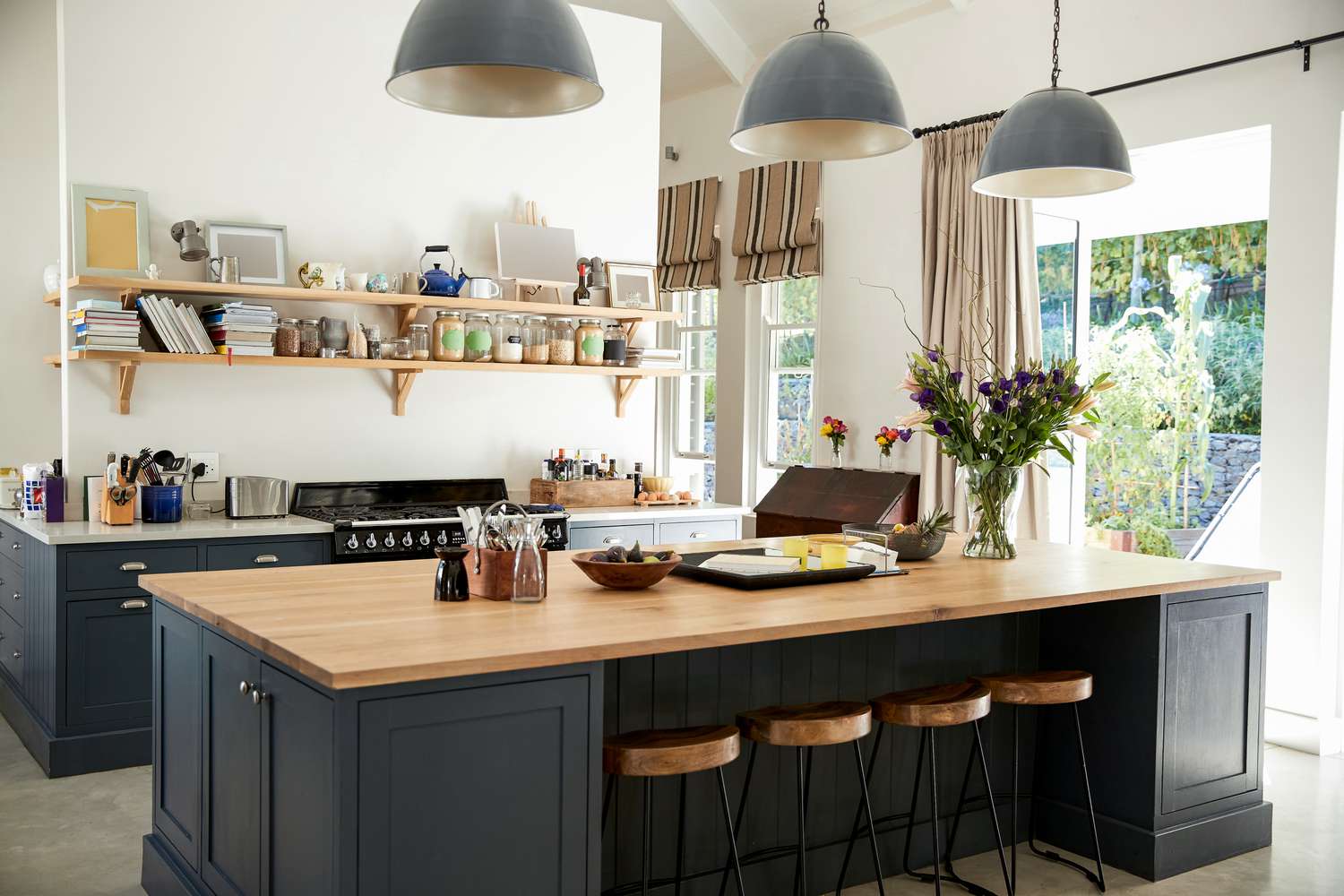

Kitchen Storage
Are Kitchen Islands Outdated? Interior Designers Decide
Modified: January 18, 2024
Discover what interior designers have to say about whether kitchen islands are outdated and find clever kitchen storage ideas to maximize your space.
(Many of the links in this article redirect to a specific reviewed product. Your purchase of these products through affiliate links helps to generate commission for Storables.com, at no extra cost. Learn more)
Introduction
Welcome to our comprehensive guide on kitchen islands! Whether you’re planning a kitchen remodel, looking for creative storage solutions, or simply interested in the latest kitchen design trends, you’ve come to the right place. Kitchen islands have long been a staple in home design, providing additional countertop space, storage options, and a central gathering point for family and friends. However, as with any design element, trends come and go, and some may wonder if kitchen islands are becoming outdated.
In this article, we’ll explore the benefits of kitchen islands, discuss some potential drawbacks, examine the current trends in kitchen design, and dive into the opinions of interior designers on whether kitchen islands are still fashionable. Additionally, we’ll provide some key factors to consider when deciding on a kitchen island and explore alternative options for those who may be looking for different storage solutions in their kitchens.
So, if you’re ready to dive deep into the world of kitchen islands, let’s get started!
Key Takeaways:
- Kitchen islands remain a stylish and practical choice, offering additional countertop space, storage options, and a central gathering point. Consider your kitchen layout and needs before deciding on an island.
- If a kitchen island isn’t feasible, explore alternative storage solutions like peninsulas, wall-mounted shelving, and rolling carts. Create a functional and stylish kitchen that suits your needs and reflects your personal style.
Benefits of Kitchen Islands
Kitchen islands offer a myriad of benefits that make them a popular choice for homeowners. Here are some of the key advantages:
- Additional countertop space: One of the primary benefits of a kitchen island is the extra countertop space it provides. This is especially useful in kitchens where the existing countertops may be limited. Whether you need extra room for meal preparation, baking, or displaying food, a kitchen island can offer the perfect solution.
- Increased storage options: Kitchen islands often come equipped with cabinets, drawers, and shelves, which can significantly enhance your storage capacity. You can store pots and pans, small appliances, utensils, and even non-perishable food items in your island, keeping your kitchen more organized and clutter-free.
- Multi-functional design: Kitchen islands are incredibly versatile and can serve multiple purposes. They can function as a breakfast bar, providing a convenient spot for quick meals or socializing while cooking. Some islands also incorporate sinks or stoves, allowing you to prep and cook while still being part of the conversation in the kitchen.
- Central gathering point: A kitchen island can become the heart of your home, serving as a central gathering point for family and friends. It offers a designated space for people to gather, chat, and enjoy each other’s company while meals are being prepared.
- Improved workflow: By strategically placing a kitchen island in your space, you can optimize the workflow in your kitchen. It can create a more efficient triangle between the sink, stove, and refrigerator, saving you time and energy as you move between these key areas.
These benefits make kitchen islands a practical and stylish addition to any kitchen. However, it’s important to consider the potential drawbacks before deciding if a kitchen island is the right choice for you.
Drawbacks of Kitchen Islands
While kitchen islands offer numerous benefits, it’s essential to be aware of their potential drawbacks before incorporating one into your kitchen design. Here are some considerations to keep in mind:
- Space limitations: The size of your kitchen plays a crucial role in determining whether a kitchen island is feasible. If your kitchen is on the smaller side, adding an island may eat up valuable floor space and make the room feel cramped and crowded.
- Inefficient layout: In some cases, a poorly designed or ill-placed kitchen island can disrupt the natural flow and efficiency of your kitchen. It’s important to consider how the island will impact your ability to move and work around the kitchen, as well as its impact on the functionality of other appliances and work areas.
- Expense: Adding a kitchen island can be a significant investment, especially if you opt for custom-built or high-end materials. Additionally, additional plumbing or electrical work may be required if you choose to include a sink or stove in your island, adding to the overall cost.
- Maintenance: Kitchen islands, especially those with countertops made of materials like marble or granite, require regular maintenance to keep them looking their best. They may be susceptible to staining, scratching, or chipping, which can be time-consuming and costly to repair.
- Clutter magnet: While kitchen islands can provide additional storage, they can also become a magnet for clutter if not used and organized properly. It’s important to have a plan for how you will utilize the storage space in your island and commit to keeping it organized to avoid a cluttered and messy kitchen.
Considering these potential drawbacks will help you make an informed decision about whether a kitchen island is a practical and suitable addition to your kitchen. Now, let’s explore the current trends in kitchen design to see if kitchen islands are still in vogue.
Current Trends in Kitchen Design
Kitchen design trends are constantly evolving, and it’s important to stay updated if you want a modern and stylish kitchen. Here are some of the prominent trends in kitchen design that can influence whether kitchen islands are considered outdated or not:
- Open concept layouts: Open concept kitchens continue to be popular, with homeowners seeking a seamless flow between the kitchen, dining, and living areas. In this design style, islands play a crucial role in defining the space while promoting social interaction.
- Streamlined and minimalist aesthetics: Minimalism is reigning supreme in kitchen design, with clean lines, sleek surfaces, and a clutter-free appearance. This trend has spurred the popularity of simple, compact kitchen islands that offer functionality without overpowering the space.
- Contrasting colors and materials: Many homeowners are moving away from uniformity in their kitchen design and opting for contrasting colors and materials. This trend allows for creativity in island design, with the island becoming a focal point through the use of unique colors or materials that differ from the rest of the kitchen cabinetry.
- Multi-level islands: To add visual interest and functionality, multi-level kitchen islands have gained popularity. These islands often feature different heights for dining, food prep, and storage, creating a dynamic and ergonomic design.
- Movable and modular islands: Flexibility is key in modern kitchens, and movable or modular islands are on the rise. These islands can be easily repositioned or even disassembled when not in use, allowing for more versatile kitchen layouts.
These trends indicate that kitchen islands are still very much in vogue and continue to serve as essential elements in contemporary kitchen design. However, to get a well-rounded perspective, let’s delve into the opinions of interior designers on the timeless appeal of kitchen islands.
Kitchen islands are still a popular and functional design element in many homes. To keep them feeling current, consider incorporating unique materials, adding built-in appliances, or choosing a contrasting color.
Interior Designers’ Opinions on Kitchen Islands
When it comes to determining the fashionable status of kitchen islands, who better to turn to than interior designers? We reached out to several industry professionals to gather their insights and opinions. Here’s what they had to say:
“Kitchen islands are still very much in demand and relevant in today’s kitchen design,” says Jennifer Smith, a renowned interior designer. She believes that the versatility, functionality, and aesthetic appeal of kitchen islands make them a timeless addition to any kitchen.
Interior designer Mark Johnson agrees, adding, “Kitchen islands not only provide extra storage and workspace, but they also create a focal point and enhance the overall design of the kitchen. They are a statement piece that brings warmth and character to the space.”
However, there are some interior designers who caution against blindly incorporating a kitchen island without considering the specific needs of the homeowner and the layout of the kitchen. “While kitchen islands are popular, they may not be suitable for every kitchen. It’s important to carefully analyze the available space and consider the functionality and flow of the kitchen before deciding on an island,” advises Rebecca Martinez, an experienced interior designer.
Ultimately, the opinions of interior designers on kitchen islands are varied, but the consensus seems to be that they can be a valuable addition to a well-thought-out kitchen design. It’s essential to consider your specific needs, the available space, and consult with an experienced professional to determine if a kitchen island is the right choice for you.
Now, let’s explore the factors you should consider when deciding on a kitchen island to help you make an informed decision.
Factors to Consider when Deciding on a Kitchen Island
When contemplating whether or not to incorporate a kitchen island into your space, there are several crucial factors to consider. These considerations will help you determine if a kitchen island is the right fit for your needs and your kitchen layout:
- Available space: Measure the available space in your kitchen to determine if there is enough room to accommodate a kitchen island. Consider the clearance needed around the island to ensure optimal traffic flow and usability.
- Functionality: Evaluate how you intend to use the kitchen island. Will it primarily serve as additional countertop space, a gathering point for meals, or provide extra storage? Understanding its primary purpose will guide your decision-making process.
- Layout and workflow: Assess your kitchen’s current layout and workflow. Consider whether adding an island will enhance or disrupt the flow of your kitchen. The island should be strategically placed to optimize the functionality of your workspace.
- Style and design: Take into account the overall style and design aesthetic of your kitchen. Choose an island that complements your existing cabinetry, countertops, and overall design scheme. Consider the materials, finishes, and colors that will harmonize with your kitchen’s aesthetics.
- Budget: Determine your budget for adding a kitchen island. Consider not only the cost of the island itself but also any additional expenses, such as plumbing or electrical work, countertop materials, and customization options.
By carefully considering these factors, you can make an informed decision about whether a kitchen island is the right choice for your kitchen. Keep in mind that consulting with a professional designer or contractor can provide valuable insights and help you navigate the decision-making process.
For those who may be hesitant about committing to a kitchen island, there are alternative storage solutions worth exploring.
Alternative Options to Kitchen Islands
If you’re looking for alternative storage solutions in your kitchen, there are several options to consider that can provide functionality, style, and organization:
- Peninsula: A peninsula is similar to a kitchen island but is connected to a wall or cabinet on one side. It offers additional countertop space, storage options, and can serve as a seating area. A peninsula can be a great alternative if you have limited space or prefer a more open layout.
- Wall-mounted shelving: Utilizing wall-mounted shelves can help you maximize vertical space and provide additional storage for items such as cookbooks, spices, and decorative pieces. This option is ideal if you have limited floor space or prefer an open and airy kitchen design.
- Open shelving: Open shelving is a popular trend that can add a modern and decorative touch to your kitchen while providing functional storage. Display your stylish dishes, glassware, and kitchen accessories on open shelves for easy access and a visually appealing display.
- Rolling cart: A rolling cart is a versatile and mobile solution for extra kitchen storage. It can be moved around as needed, providing an additional prep surface, storing small appliances, or serving as a portable bar cart during gatherings.
- Pantry cabinet: If you need more pantry space, consider adding a pantry cabinet to your kitchen. This tall and narrow cabinet can house dry goods, canned food, and other kitchen essentials, keeping them organized and easily accessible.
- Pull-out organizers: Maximize the storage potential of your cabinets by installing pull-out organizers. These clever devices allow for easy access to pots, pans, and other cookware, making your kitchen more efficient and organized.
Each of these alternative options provides unique benefits and can be tailored to suit your specific storage needs and design preferences. Remember to consider your available space, functionality requirements, and budget when exploring these alternatives.
Now that we’ve covered various alternative storage options, it’s time to wrap up our discussion on kitchen islands and leave you with some final thoughts.
Conclusion
In conclusion, kitchen islands remain a popular and practical choice for many homeowners. The benefits they offer, such as additional countertop space, increased storage options, multi-functionality, and serving as a central gathering point, make them an attractive addition to any kitchen design. The current trends in kitchen design, including open concept layouts, minimalist aesthetics, and the use of contrasting colors and materials, indicate that kitchen islands are still very much in vogue.
However, it’s important to consider the potential drawbacks, such as space limitations, inefficient layout, expense, maintenance, and the potential for becoming a clutter magnet. These factors should be weighed carefully when deciding if a kitchen island is suitable for your kitchen.
Interior designers generally agree that kitchen islands can enhance the overall design and functionality of a kitchen but emphasize the importance of thoughtful planning and consideration of specific needs and kitchen layout. It’s essential to analyze factors such as available space, functionality, layout, style, and budget before making a final decision.
If a kitchen island isn’t a feasible option for your space, there are alternative storage solutions to explore, such as peninsulas, wall-mounted shelving, open shelving, rolling carts, pantry cabinets, and pull-out organizers. These alternatives can provide storage, organization, and style while accommodating different kitchen layouts and design preferences.
In the end, whether you choose a kitchen island or an alternative storage solution, the goal is to create a functional and visually appealing kitchen that suits your needs and reflects your personal style. Consulting with a professional designer or contractor can provide valuable insights and guidance throughout the decision-making process.
We hope this comprehensive guide has provided you with the necessary information to make an informed decision about kitchen islands and alternative storage solutions. Now it’s time to let your creativity soar and embark on creating the kitchen of your dreams!
Frequently Asked Questions about Are Kitchen Islands Outdated? Interior Designers Decide
Was this page helpful?
At Storables.com, we guarantee accurate and reliable information. Our content, validated by Expert Board Contributors, is crafted following stringent Editorial Policies. We're committed to providing you with well-researched, expert-backed insights for all your informational needs.
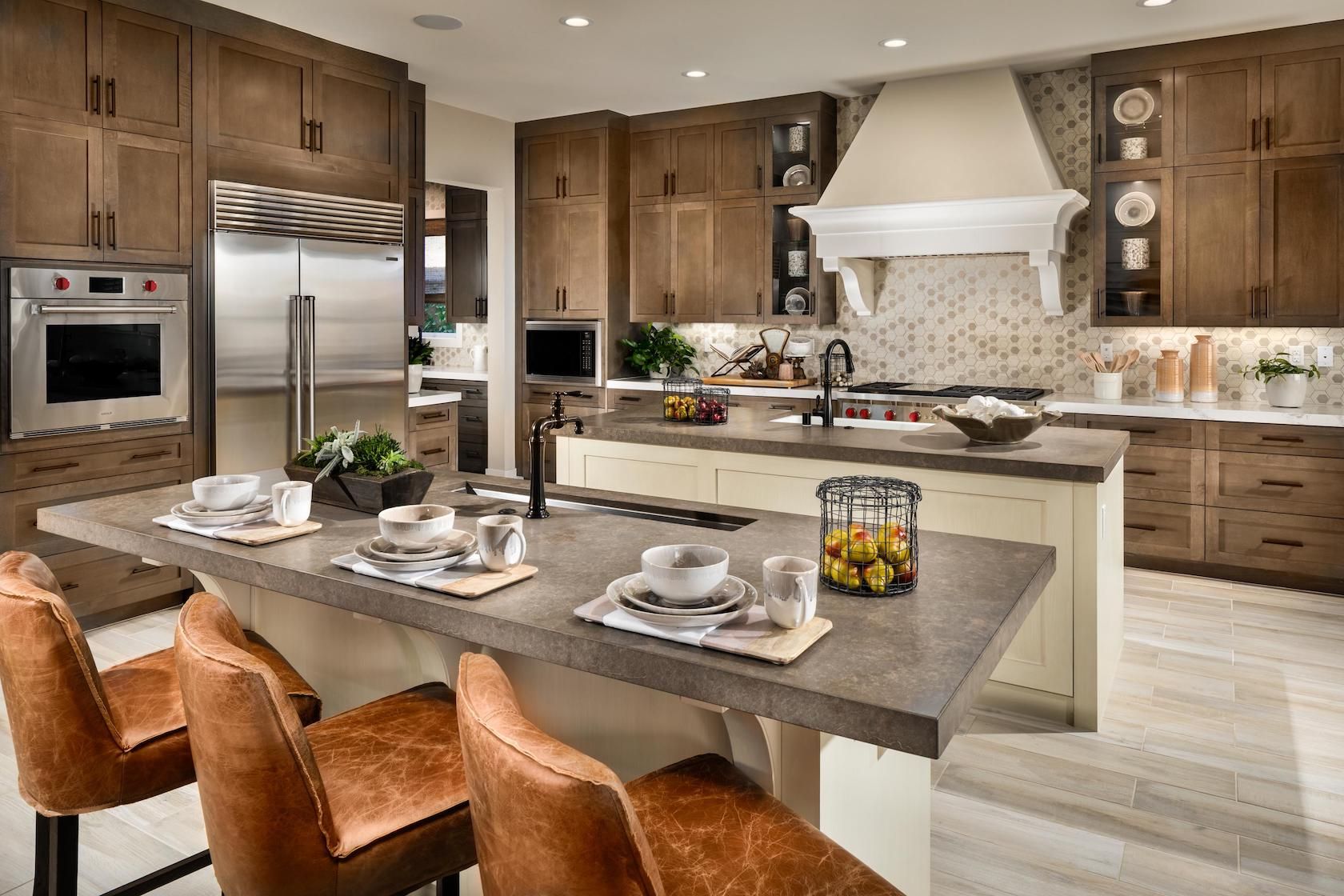
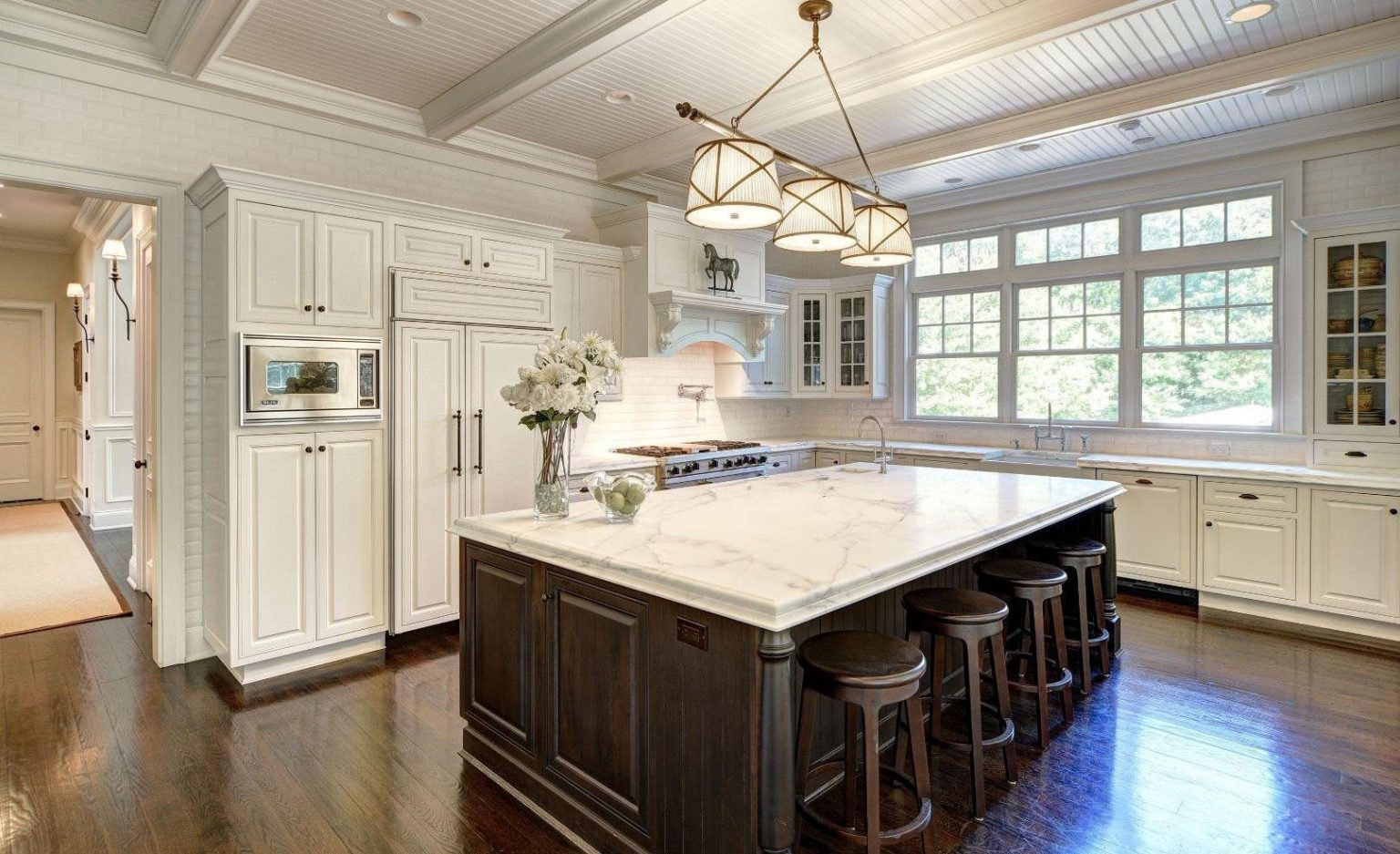
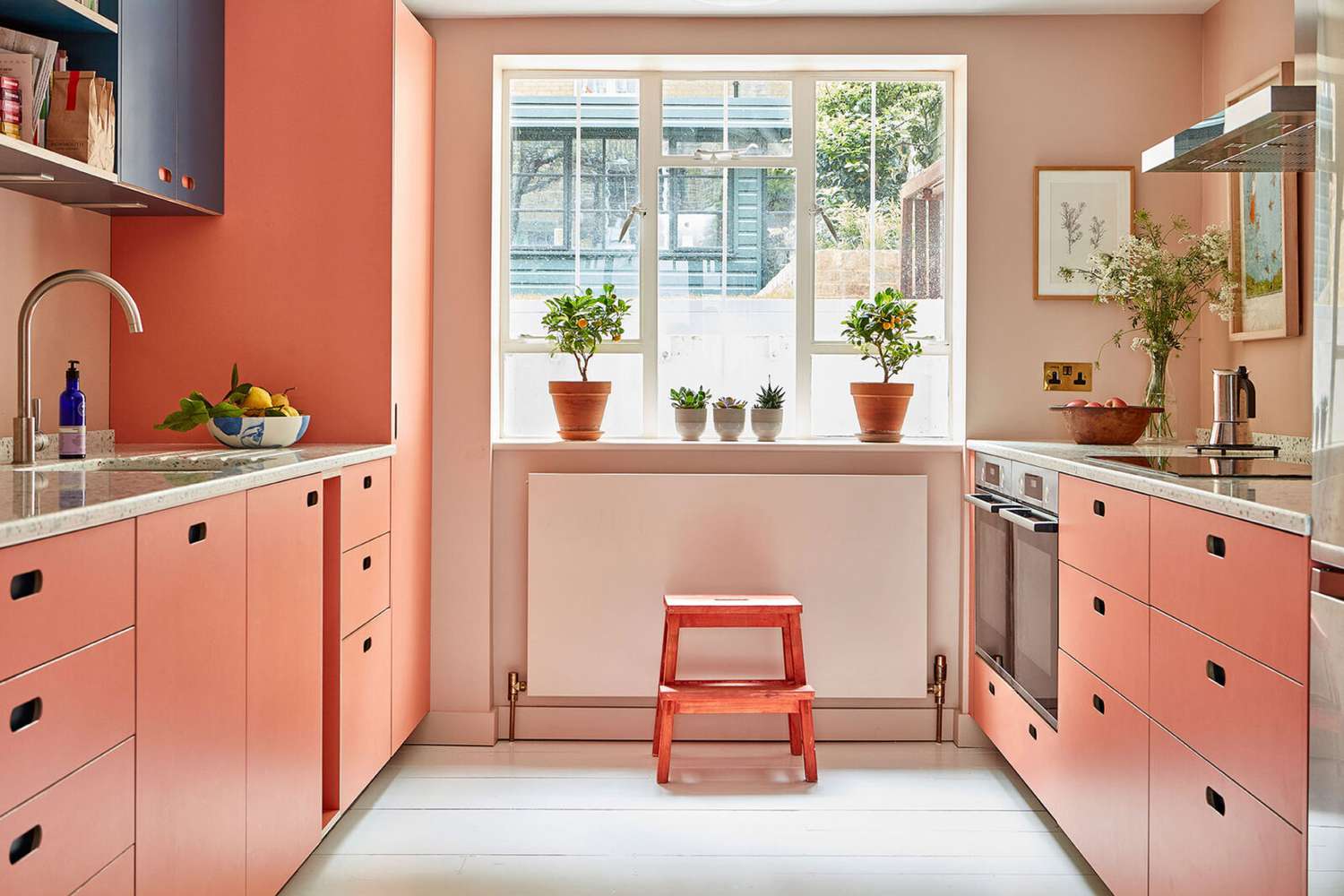
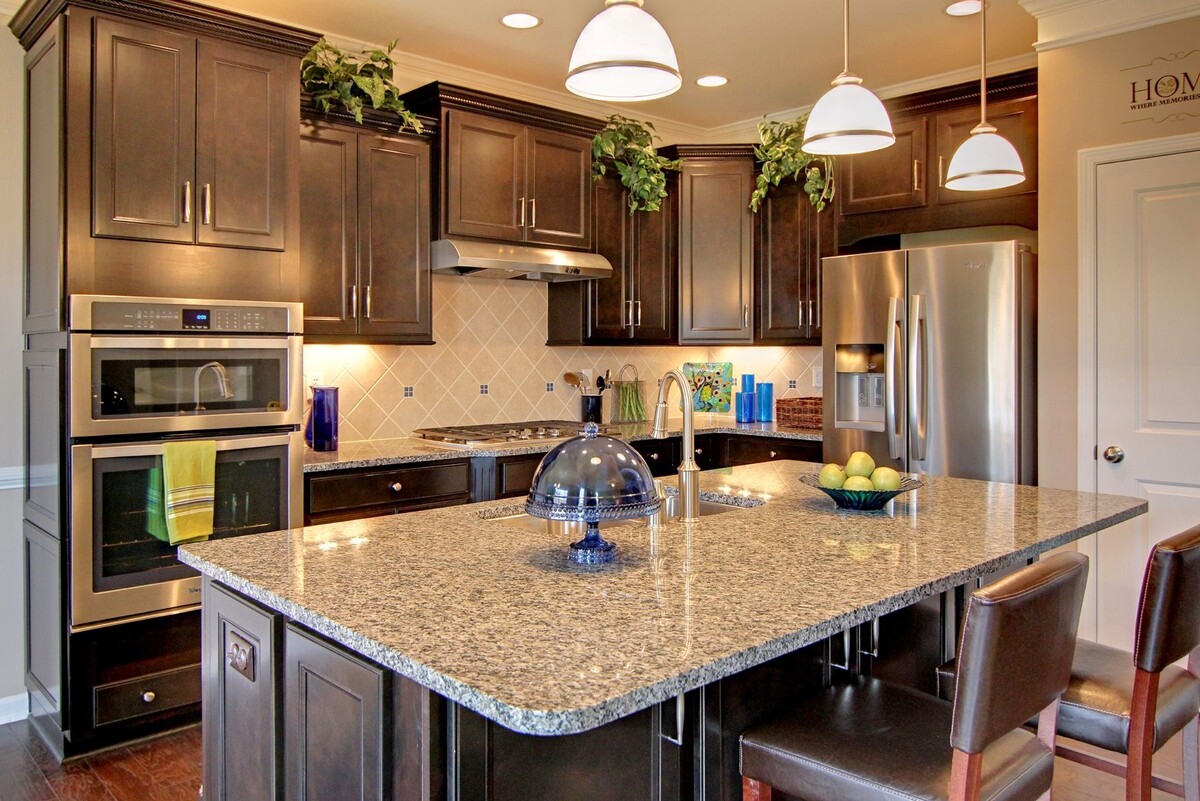
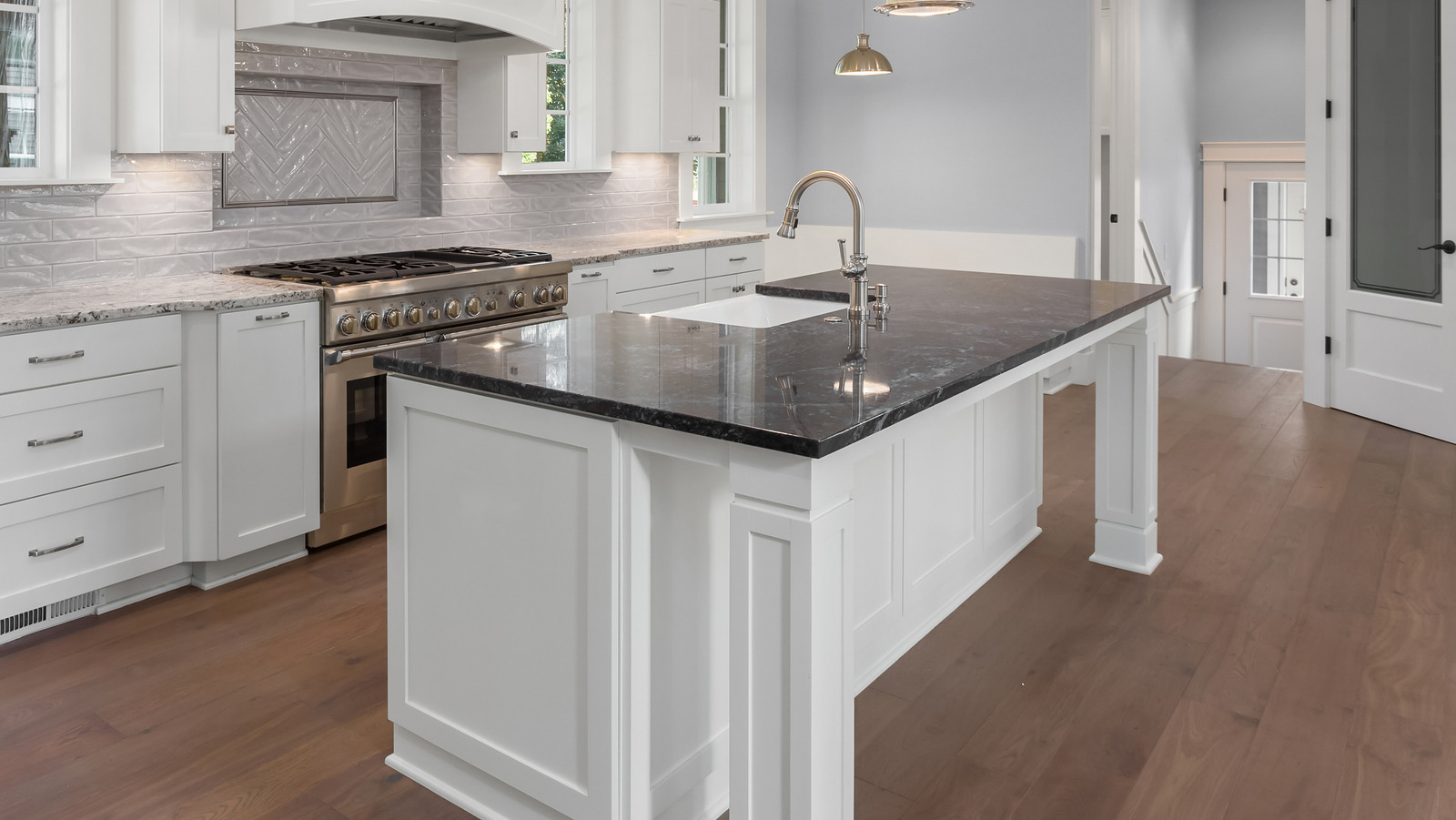
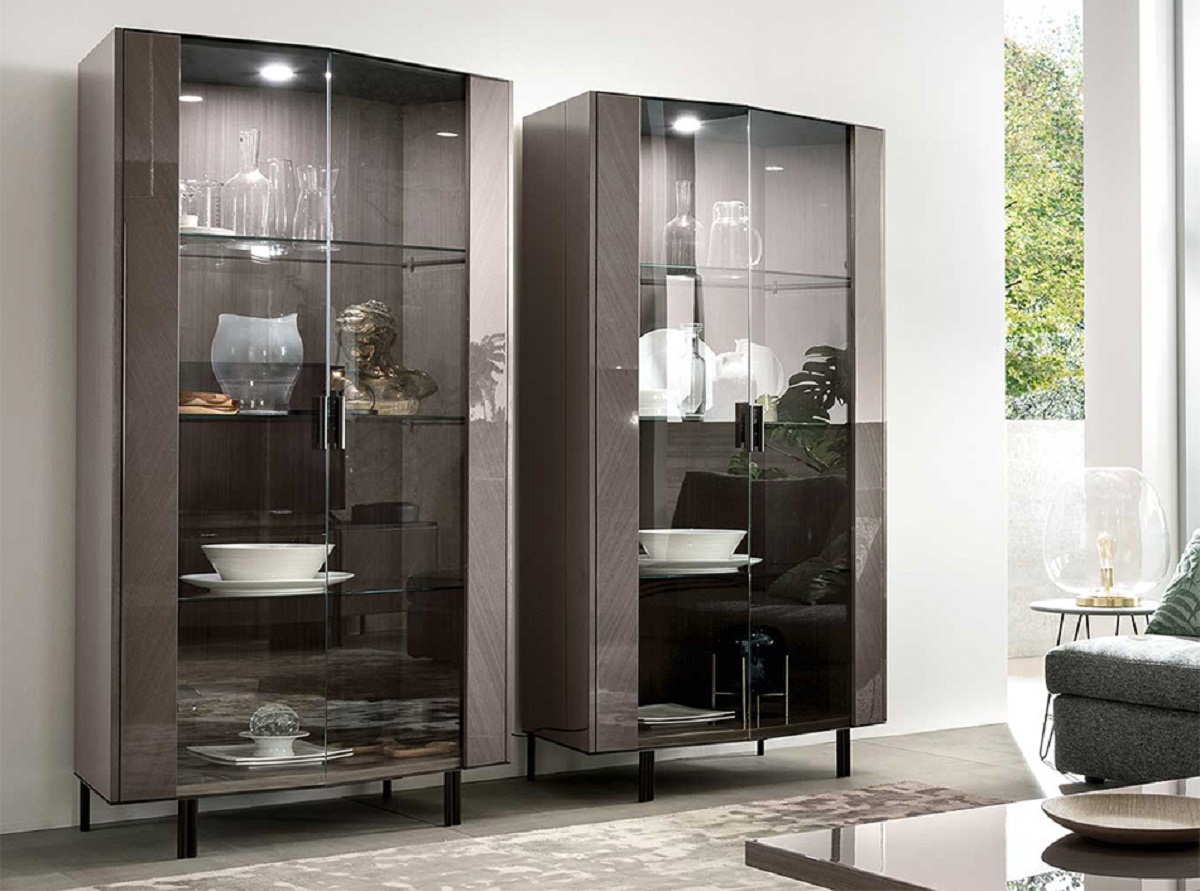
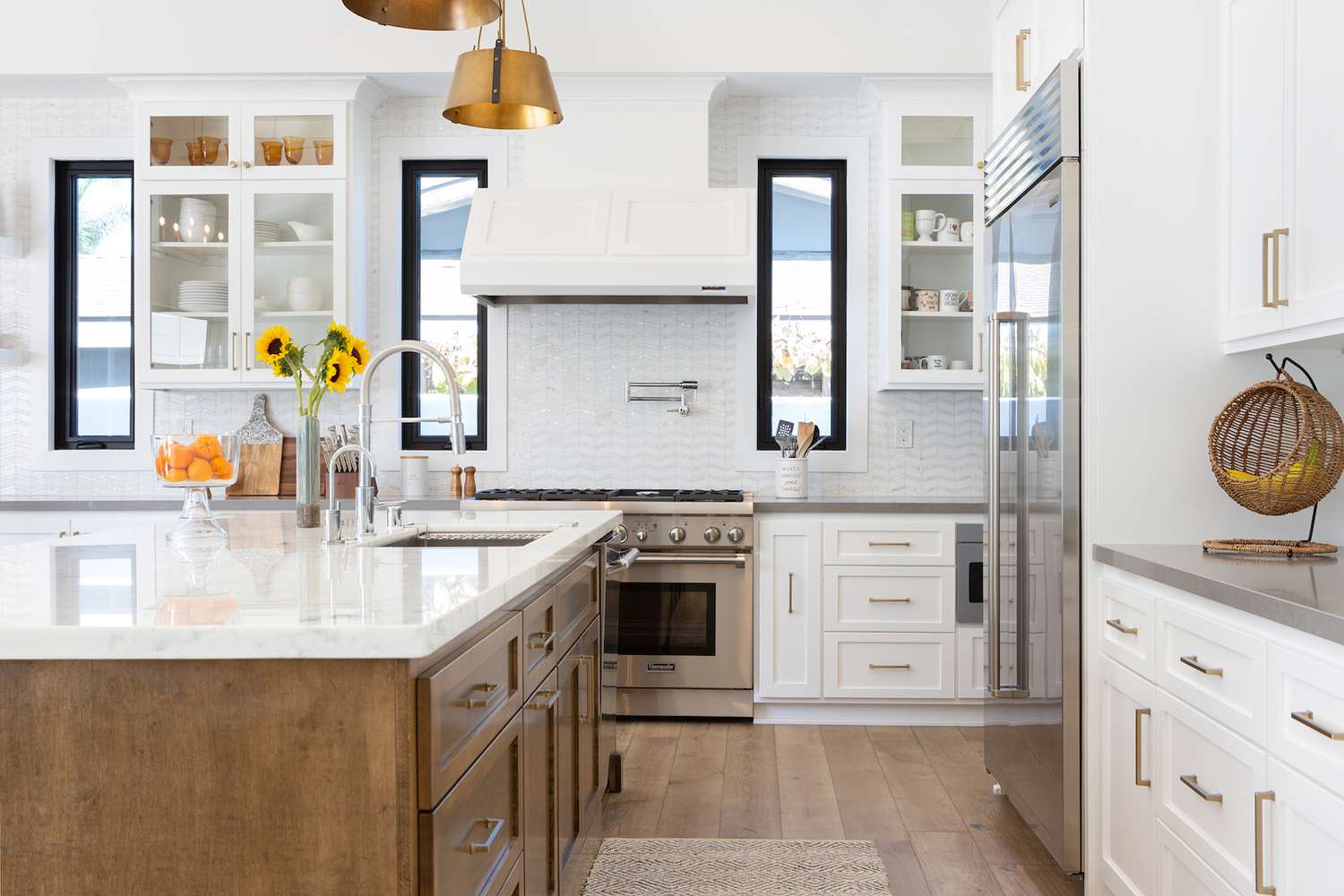
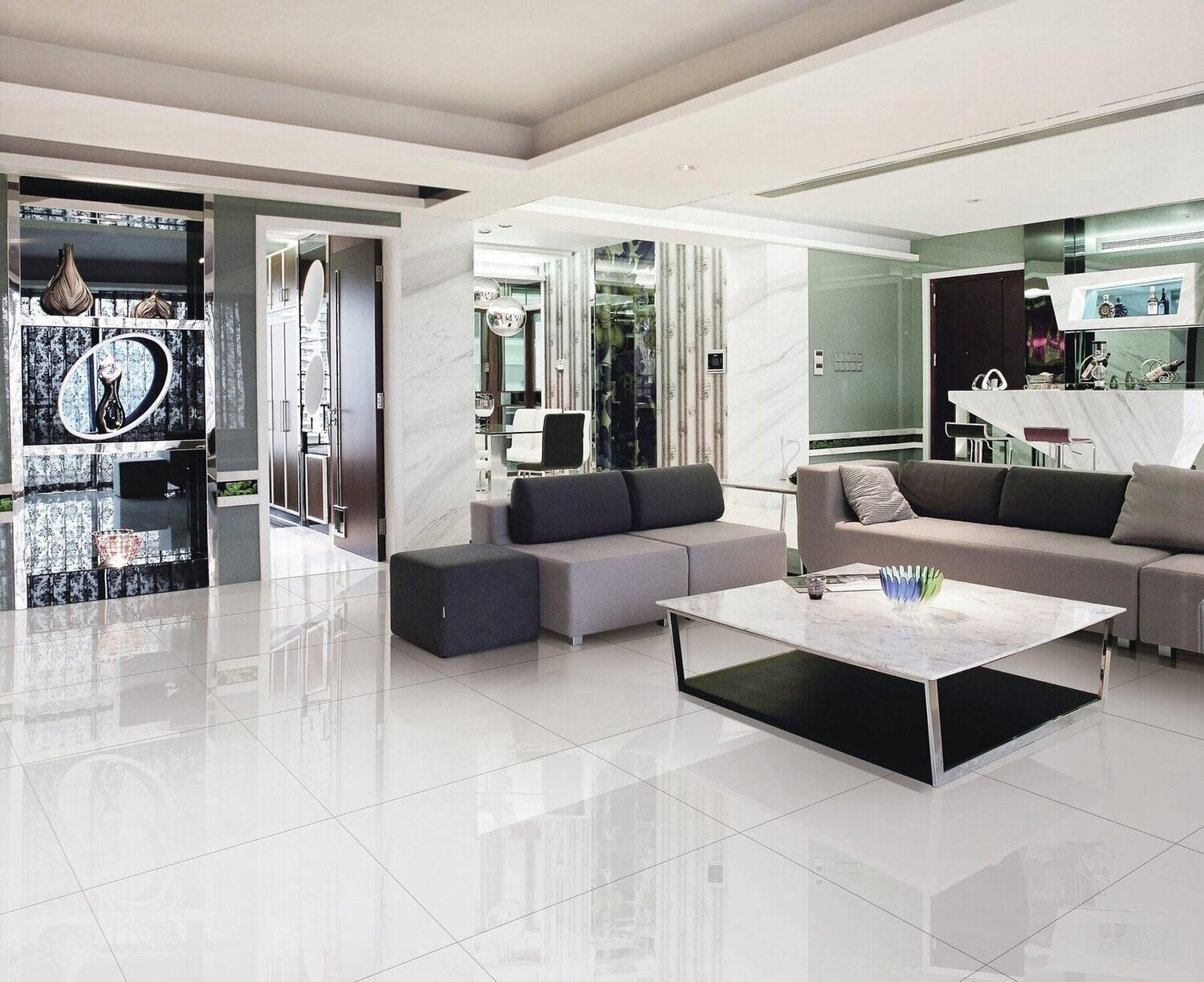
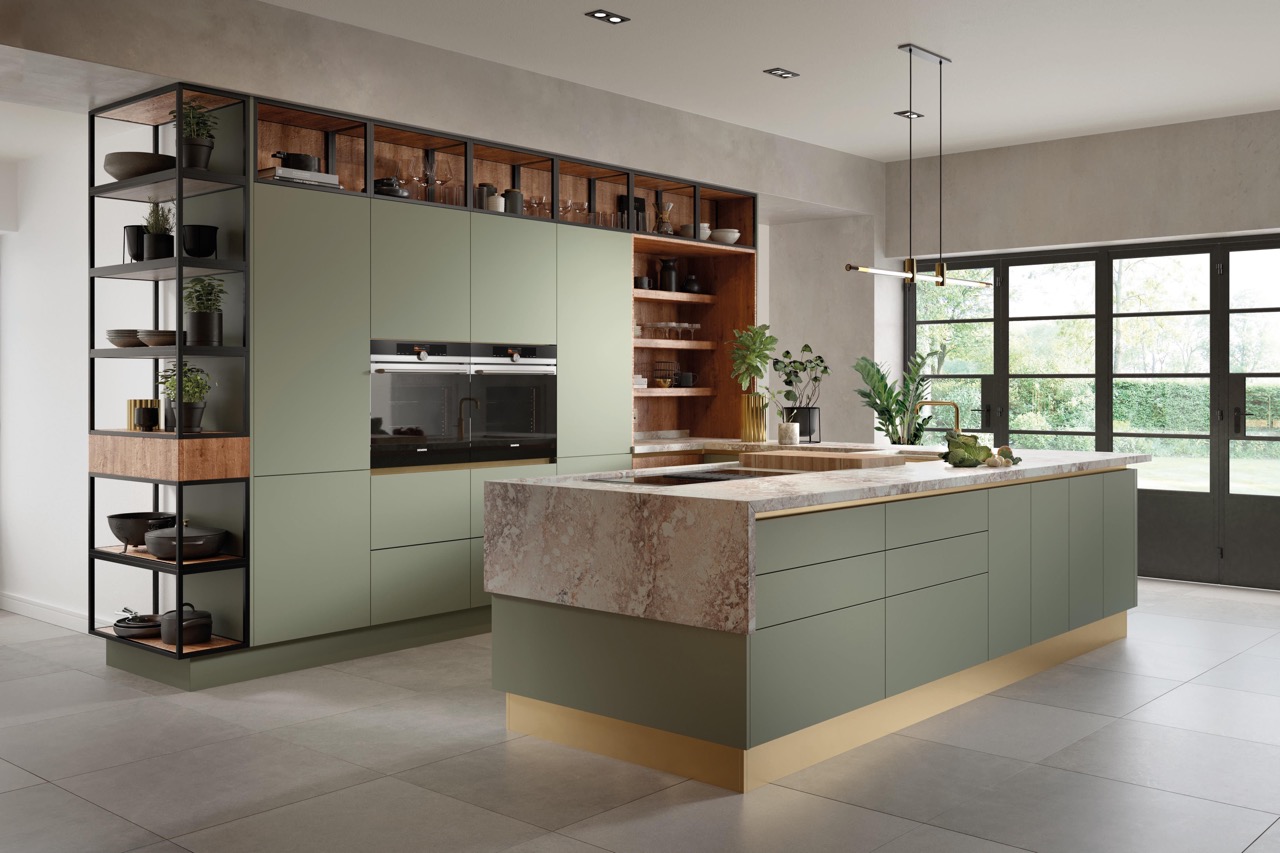
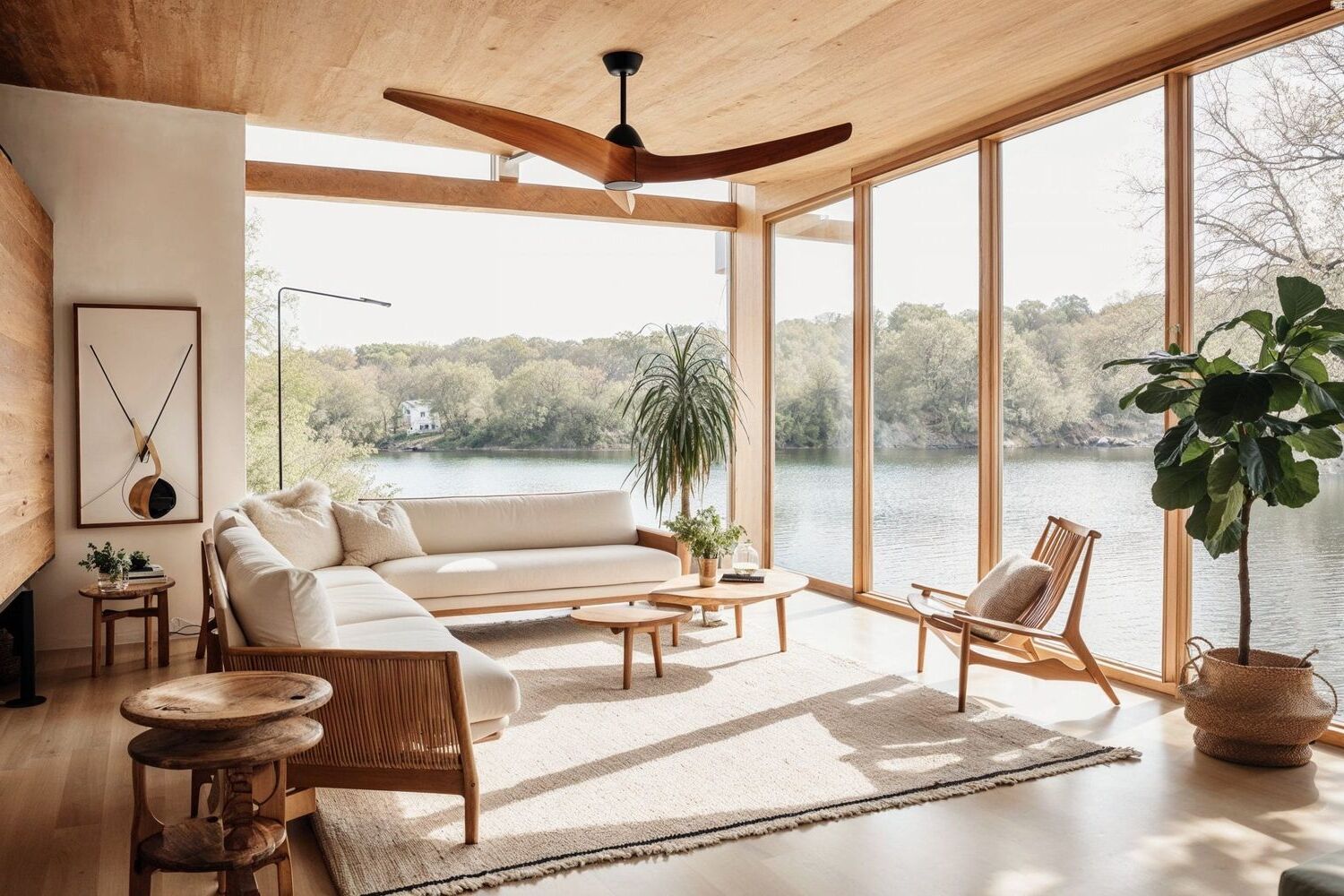


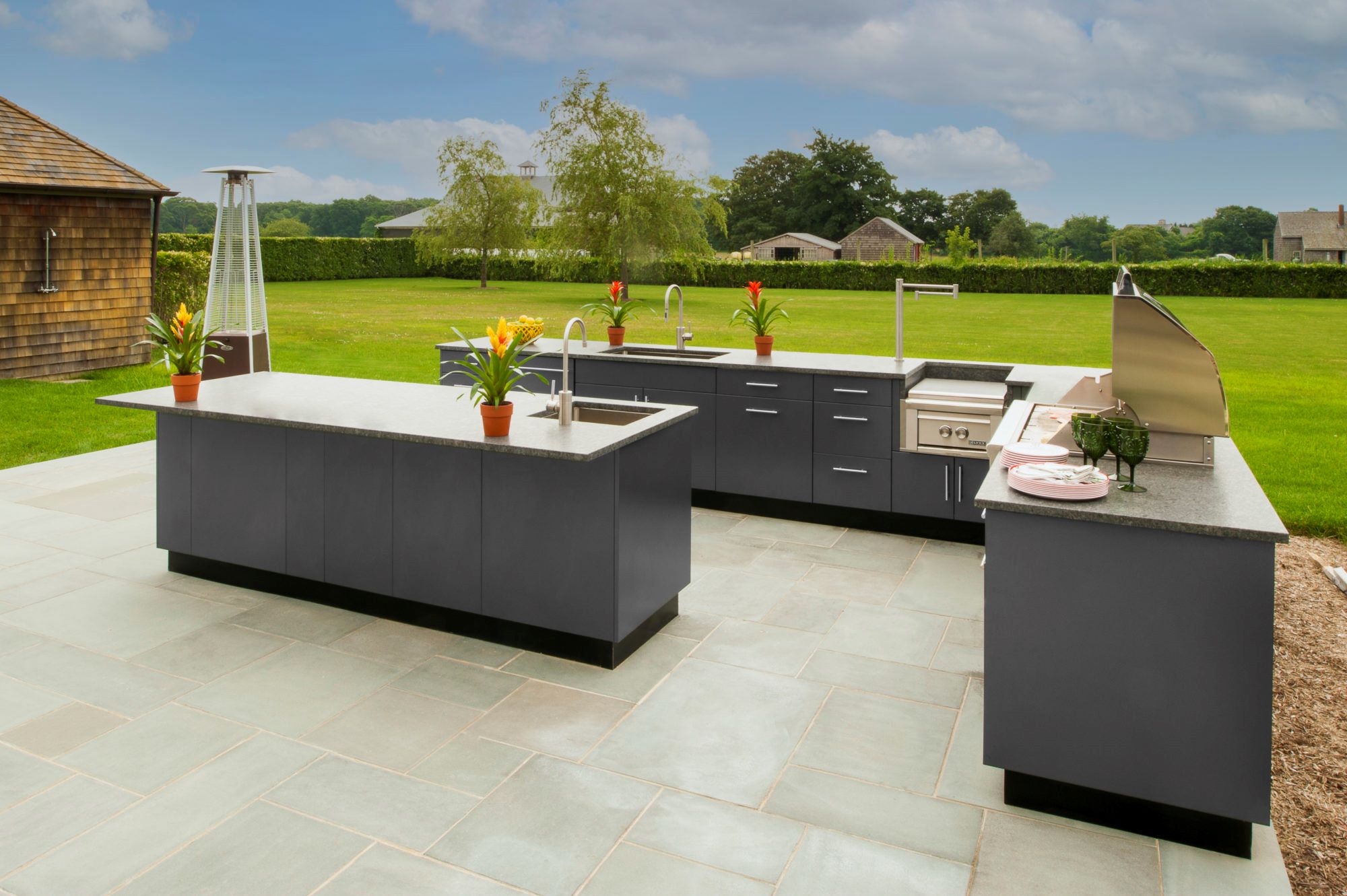


0 thoughts on “Are Kitchen Islands Outdated? Interior Designers Decide”